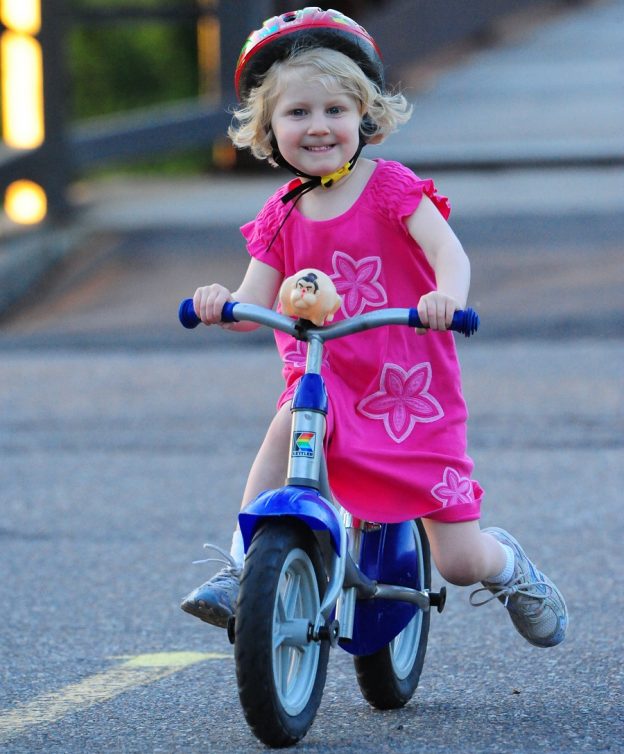Tag: childrens bike
-

Kid’s bikes are the gateway to a lifetime of fun.
Knowing the differences between kids’ bikes when it is time to get your child on a bicycle will make your job easier. Whether it’s the first bike or an upgrade to a bigger size. Here are some tips so you know what’s best for your young rider.
-

Balance bikes are a great way for kids to adapt to a life of riding
Balance bikes are sweeping the world as the best way to teach children to ride bikes. What is a balance bike and how does it work? Balance bikes look a lot like a normal bike with two wheels, frame, seat and handlebars. What you won’t see on a balance bike is a crank, chain or…
